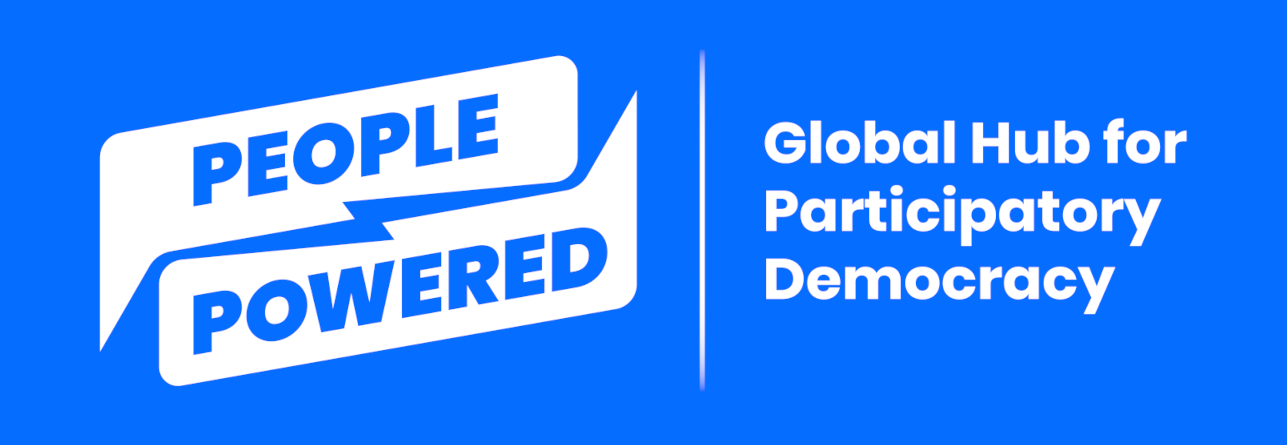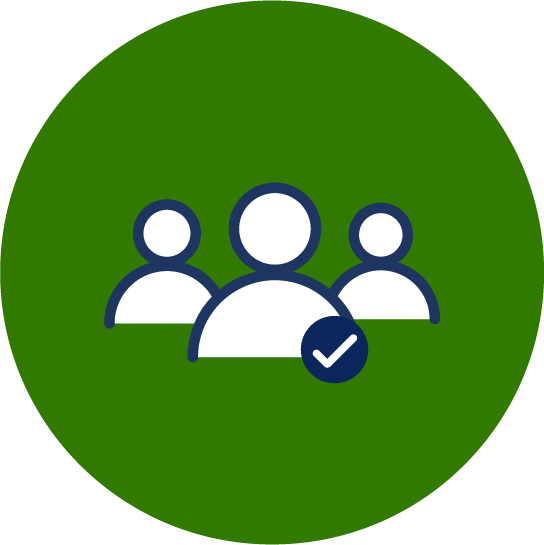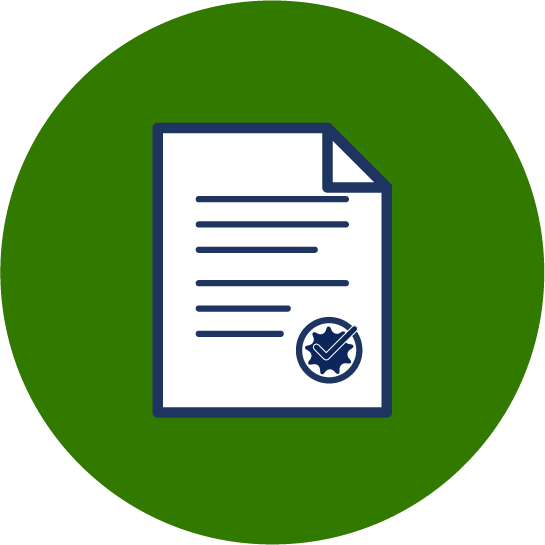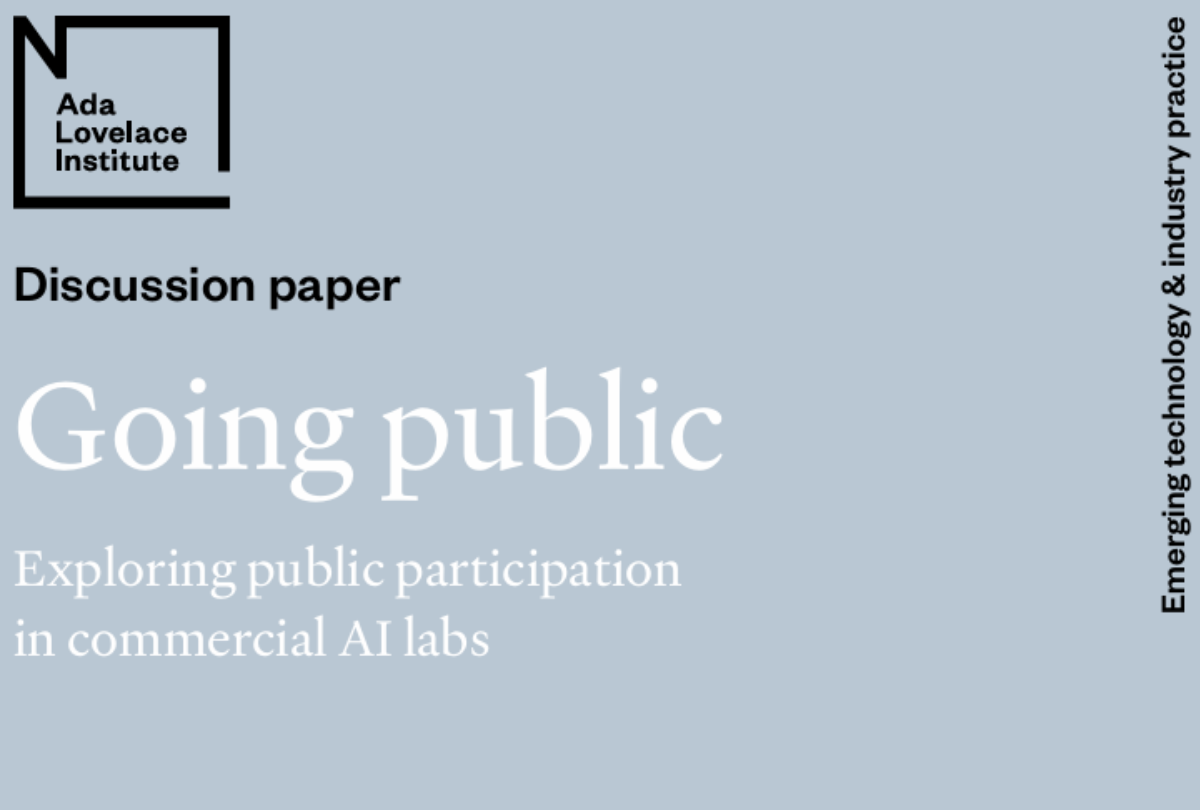Citizens’ assemblies, juries and panels bring together a randomly selected but representative sample of the community (municipality, state/province or country) to learn about and debate a challenge facing society and identify policy solutions.
Here’s how they work:
Participants are randomly selected to be representative of the population (for example, by gender, age and socioeconomic status). The jury or assembly then meets for weeks or months, while they learn about the issue of focus from experts, raise questions, and debate the different points of view. The culmination of the assembly’s work is a decision on next steps. These recommendations typically then are put to a legislative or public vote.
The Citizens' Assembly Model
1. Select participants
Government authority, civil society organization or another institution randomly selects participants to represent the broader community.
2. Deliberate
Participants meet to learn about a policy issue, consult with experts and the public, deliberate and decide on recommendations.
3. Present
Participants deliver recommendations to government.
4. Take Action
Government responds to the recommendations, implements them, or submits them to a public vote for approval.
To be effective, however, politicians must actually listen to the participants. David Farrell, a professor of politics who served as an advisor for Ireland’s citizens’ assemblies, writes that in recent years, the resulting recommendations “have been ignored, rejected, or left to gather dust: That’s a lot of time and effort (not least by citizens’ assembly members) and public funding wasted for rather little return.”














